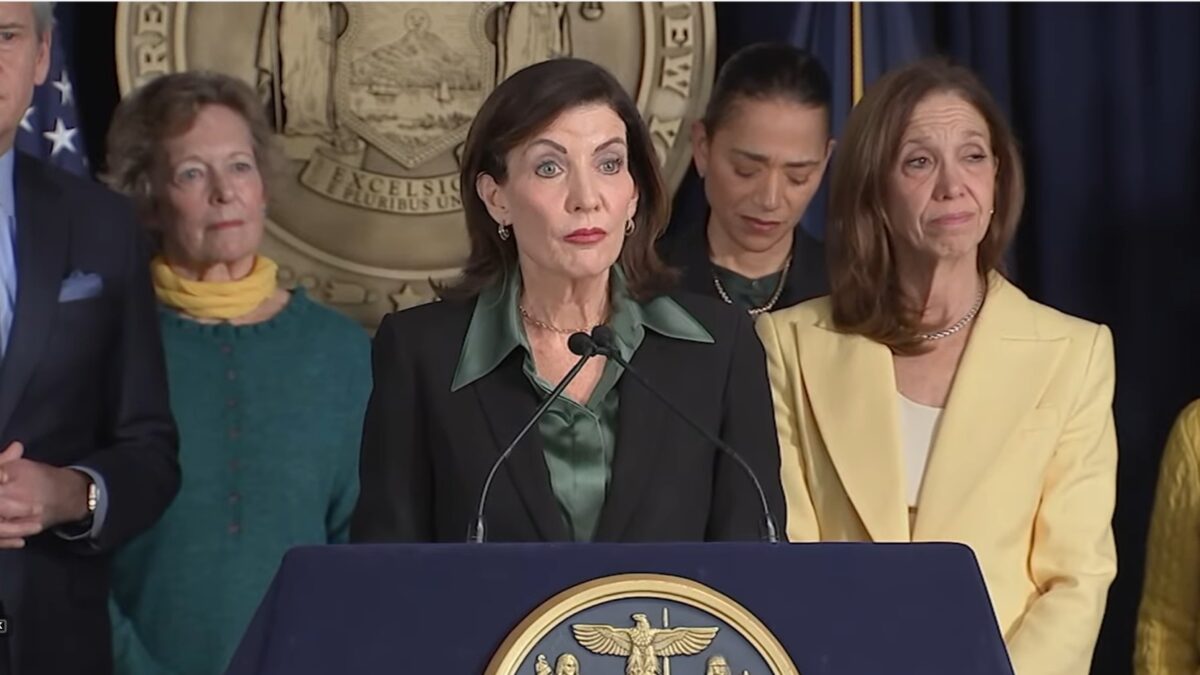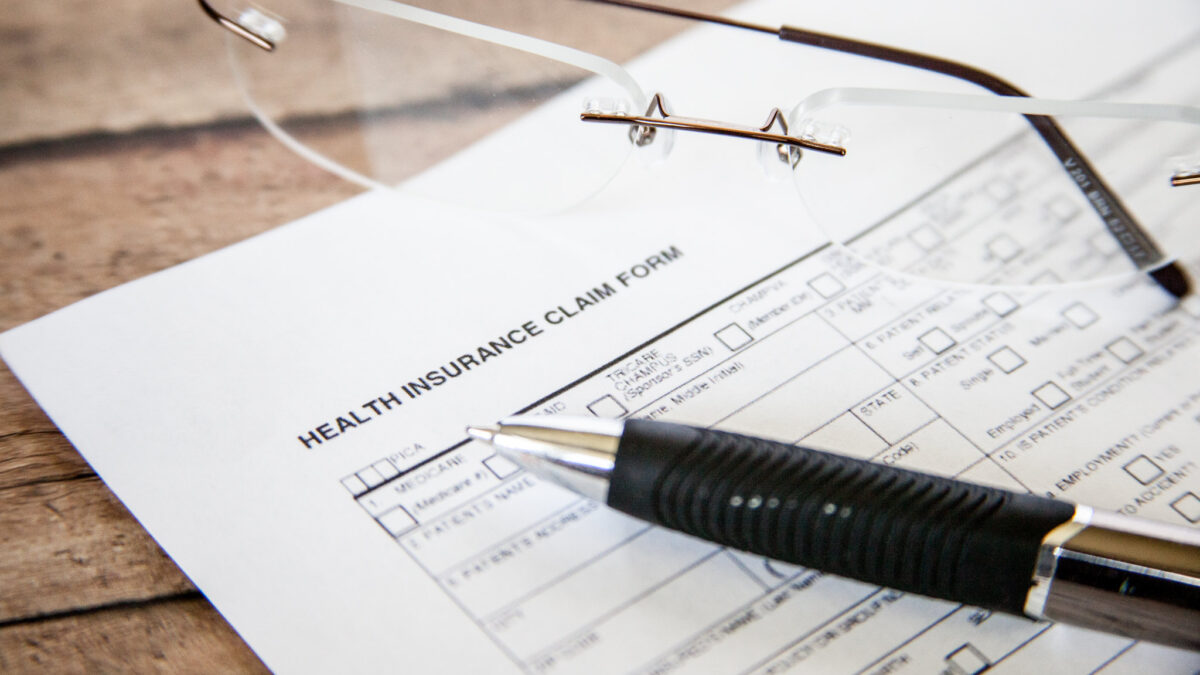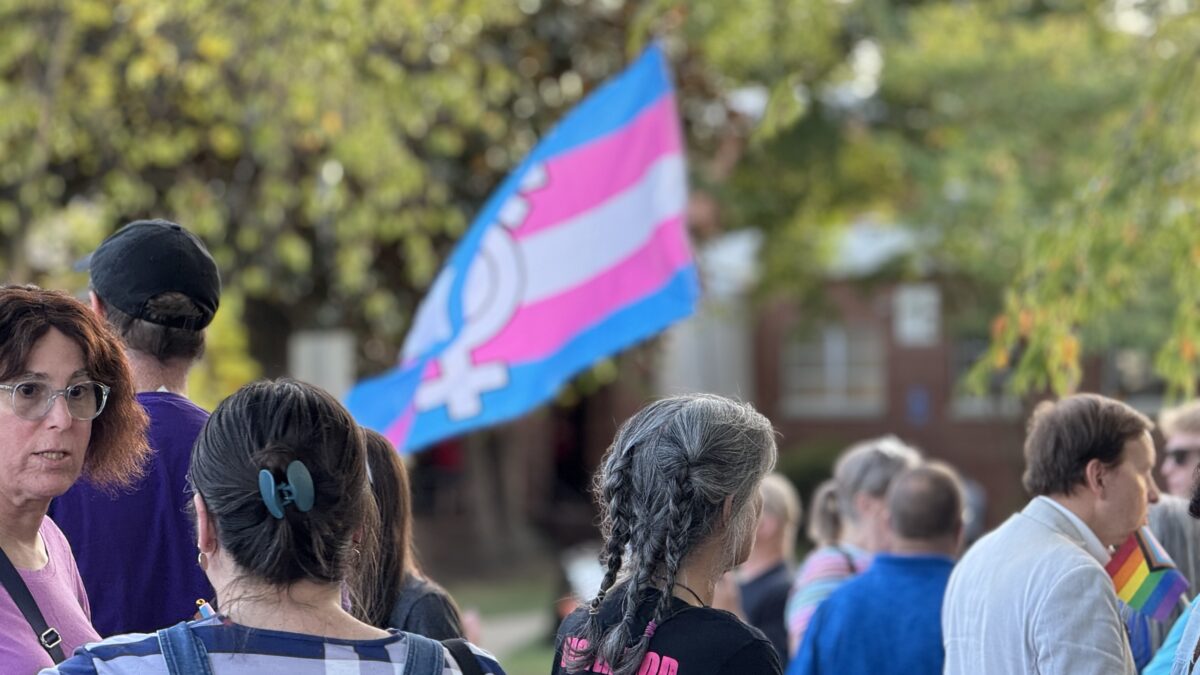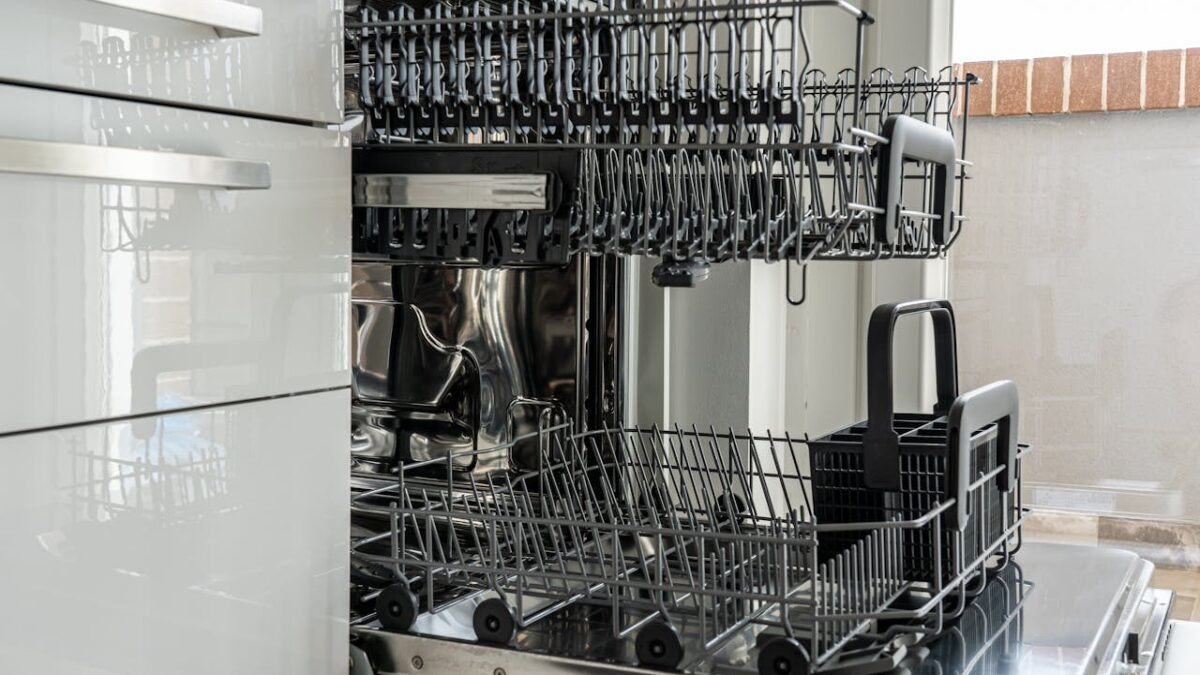
Even if King v Burwell case fails at the U.S. Supreme Court next month, the future for the Obamacare exchanges is still far from assured. Even if people on the 37 federal exchanges get to keep their subsidies, chances are they will eventually be caught in the vortex of the “death spiral.”
A death spiral occurs when not enough young and healthy people sign up for health insurance. Thanks to Obamacare’s design, a death spiral is inevitable. Here’s why.
Obamacare’s community rating results in insurance prices that are higher for younger people than they would be in a free market, and its guaranteed issue allows people to sign up for insurance even if they get sick, so young and healthy people have ample incentive to forgo insurance. This leaves the insurance “risk pool” older and sicker and, hence, more costly to insure. Premiums will have to rise to cover those costs, leading some of the younger and healthier people who did initially sign up to then drop out. The risk pool then becomes even older and sicker, premiums rise again, and the process repeats.
A study by the late Conrad Meier examining the effect of these laws on eight states shows that premium hikes of at least 20 percent (and usually higher) are the canary in the coal mine for a death spiral.
Is the Death Spiral Bogus?
Leftist economist Paul Krugman strongly disagrees: “There is no death spiral: On average, premiums for 2015 are between 2 and 4 percent higher than in 2014, which is a much slower rate of increase than the historical norm.” The lack of death spirals “should inspire major doubts about [conservative] ideology.”
Yet, he complains, those who made predictions about death spirals aren’t admitting their errors but “pretend that [they] didn’t make the predictions [they] did.” This is serious stuff, since refusing “to accept responsibility for past errors is a serious character flaw in one’s private life. It rises to the level of real wrongdoing when policies that affect million of lives are at stake.”
The “death spiral is bogus” meme has been making the rounds in the liberal media. Rachel Maddow’s blog states that Obamacare critics “were wrong about the ‘death spiral,’” while at the Daily Beast Michael Tomasky calls the death spiral prediction one of the “Five Biggest Lies About ObamaCare.”
Well, who says a death spiral prediction is completely wrong if a death spiral doesn’t occur immediately? Indeed, while I personally expected the death spiral to begin in 2015, there is no rule saying it always happens right away. Sometimes it does. Premiums in New York’s small group and individual health insurance markets began skyrocketing about one month after the state legislature imposed guaranteed issue and community rating on those markets in 1993.
Other times, it can take a few years. New Jersey passed similar laws in 1992, yet the death spiral didn’t begin there until 1996 because New Jersey’s law contained a mechanism whereby insurance companies could pool their losses.
What’s Held the Death Spiral Back So Far
Obamacare exchanges have a mechanism similar to New Jersey’s, known as the “risk corridor.” The risk corridor is a three-year program under which insurers on the exchanges who make a profit are required to share some of those profits with insurers who took losses on the exchanges. However, if there are not enough profit-makers to cover the losses, then the taxpayers would step in to cover the difference. This program likely checked large premium increases heading in the second year on the exchange.
A House Oversight and Government Reform Committee report from July of last year noted that only one insurer on the exchange was anticipating a profit the first year. The other insurers expected risk corridor “payments of about $725 million directly from taxpayers in 2014.” However, not all insurers gave the committee estimates on what they expected from the risk corridors. “Extrapolating these estimates for the entire population enrolled in ObamaCare-compliant exchange plans means that taxpayers may be on the hook for upwards of $1 billion in 2014 alone,” the report noted.
It’s understandable that insurers would feel far less pressure to increase their rates if most of their losses were covered. What will happen after three years, when the risk corridor program ends, is unclear and should be of more concern. Presumably, Obamacare proponents apparently believe that after three years, insurers will figure out how to make a profit (or at least break even) on the exchanges. How this is supposed to happen wasn’t entirely clear, as the mix of people in the risk pools probably wouldn’t be that much different in 2017 as it was in 2014.
So Far, Risk Corridors Haven’t Kicked In
The risk corridor, though, was never popular with the public, being dubbed an “insurance company bailout.” In late 2014, Republicans put a provision in the budget bill known as “Cromnibus” that required the risk corridors to be “revenue neutral,” meaning insurers that lose money on the exchanges can only have their losses offset with money from insurers who make a profit. Insurers would no longer have access to taxpayer money.
This could mean big trouble for insurers, and big premium hikes for consumers. A recent report from Standard & Poor’s warned that when “insurers priced their exchange products for 2014 they likely assumed the risk corridors would work effectively. Thus, increased uncertainty only results in incorrect pricing assumptions and operating-volatility for insurers that are most involved in [ObamaCare].” Reason magazine’s Peter Suderman, while suggesting big premium hikes could be coming, noted that
Some insurers appear not to be building risk corridor payments into their expectations at this point. And, as the Pittsburgh Tribune-Review notes, the Department of Health and Human Services is thinking about the program’s financing on a three-year basis rather than a year at a time. So if business improves and insurers pay into the system later, HHS says, ‘it expects to cover shortfalls in the first year from gains in later years of the three-year program,’ although the S&P analysis appears to be skeptical.
The Death Spiral Begins
Suggested rates for 2016 are starting to trickle in, and it appears that the edges of the death spiral are on the horizon. In Oregon, five insurers on the exchange are proposing average premium increases for next year ranging from 25.6 percent to 52 percent. One other, ATRIO Health Plans, is asking for one that is near 20 percent (18.4 percent). Four insurance companies on Montana’s exchange are requesting average premium increases ranging from 22.4 percent to 45.1 percent.
The biggest company on Tennessee’s exchange, BlueCross/BlueShield, is proposing an average premium increase of 36.6 percent, while the co-op on the exchange, Community Health Alliance, is proposing a 32.6 percent increase. In New Mexico, Health Service Corp. is asking for a premium hike of 51.6 percent. The largest insurer on South Dakota’s exchange is Wellmark, and in Maryland it is CareFirst. They are asking for average rate increases of 42.9 percent and 30.4 percent, respectively.
It appears that after a full year of costly medical claims and now knowing that most of their losses on the exchanges won’t be covered, some insurers have little choice but to raise rates precipitously.
Of course, it’s possible these premium hikes could be something of a fluke. It’s also possible, as Suderman suggests, that many insurers are anticipating losses in the first few years and thus won’t hike premiums very much. Finally, perhaps Obamacare’s combination of community rating and guaranteed issue along with premium subsidies and the individual mandate will, in the long run, avoid the death spiral.
But, at this point, the one thing that is certain is that it is much too soon for Obamacare proponents to say that the death spiral prediction is wrong. To do so is to jump the gun.
I wonder if Krugman regards that as a “serious character flaw”…or just stupidity?








